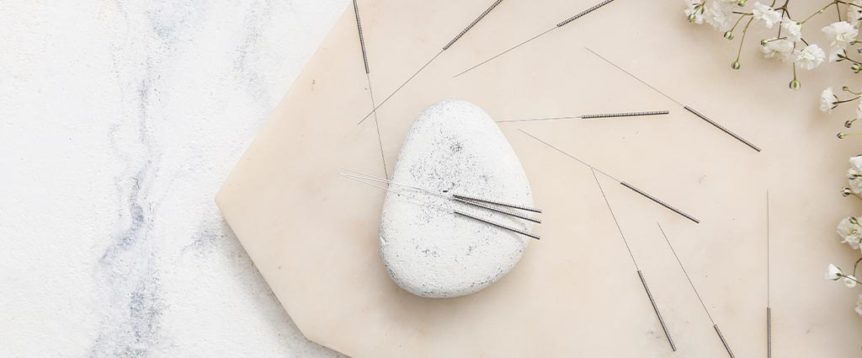From improving digestion to managing pain, alleviating depression and relieving stress, the holistic-healing technique of acupuncture can treat many physical, emotional and mental issues. But what is it, how does it work and does it really help? Read on for our beginner’s guide to this ancient therapy.
What is acupuncture?
A practice used in traditional Chinese medicine for more than 2,000 years, acupuncture involves inserting ultrathin needles into strategic body points.
How does acupuncture work?
“Acupuncture works from manipulating energy,” explains Dr. Noël C. Love, a doctor of acupuncture and Chinese medicine and licensed acupuncturist in Longmont, Colo. Love says energy flows along meridians (or pathways) within the body. “When we’re sick, that energy is blocked, stuck or not flowing right,” Love says. “Acupuncture, along with diet and lifestyle, can help unblock that energy.”
Is acupuncture safe and effective?
When done correctly by a licensed professional, acupuncture is safe, with few to zero side effects. The single-use, sterile needles are disposed of after each use.
Among many other research studies, a meta-analysis published in JAMA Internal Medicine provides rigorous evidence that acupuncture may be helpful for chronic pain from conditions such as arthritis, headaches and fibromyalgia. In addition, millions of people turn to acupuncture to reduce stress, treat depression, alleviate nausea and vomiting during cancer treatments, reduce menstrual cramps, help with digestive issues, treat insomnia, and prevent migraines.
“From a Western model, you can do a blood test and look at white and red blood cells before acupuncture treatment and then test that blood immediately following treatment,” Love says. “You’ll see an increase in white and red blood cells, and your brain is being stimulated with neurotransmitters and endorphins. That’s why it’s so good for treating pain.”
What can you expect?
The initial session takes about an hour, starting with a consultation to assess health history and a physical exam to check skin, tongue, pulse and any pain points.
“With acupuncture, we treat the individual holistically and look at the body as a whole,” Love explains. “If a patient has several issues, it’s like peeling an onion. We work with the most pressing issue first—pain—and then move on to other issues.”
A trained acupuncturist taps into her knowledge of the “reactive relationship” between various body parts to deliberately choose needle insertion points to activate the body’s self-healing capabilities. Once inserted, the needles stay in for 10 to 30 minutes. “I leave the room, and 90 percent of the time, patients fall asleep,” Love says. Afterward, some people feel relaxed, while others feel energized.
What should you look for in a practitioner?
According to the National Center for Complementary and Integrative Health (part of the National Institutes of Health), most states require a diploma from the National Certification Commission for Acupuncture and Oriental Medicine for licensing. Ask your doctor for referrals, or search for practitioners on the websites of the American Academy of Acupuncture and Oriental Medicine and the American Society of Acupuncturists.
Does It Hurt?
To tackle the elephant in the room, most people wonder whether acupuncture is painful. After all, you’re getting about a dozen or so needles stuck into your body, right? In reality, though, acupuncture is virtually painless, Love says. Sometimes patients don’t even feel the needle at all, she says. But if there’s any discomfort, she likens it to a slight stinging or mild ache like a bug bite. Common side effects include minor bleeding (“maybe a drop of blood a couple of hours later”) or slight soreness or bruising where the needles were inserted.

